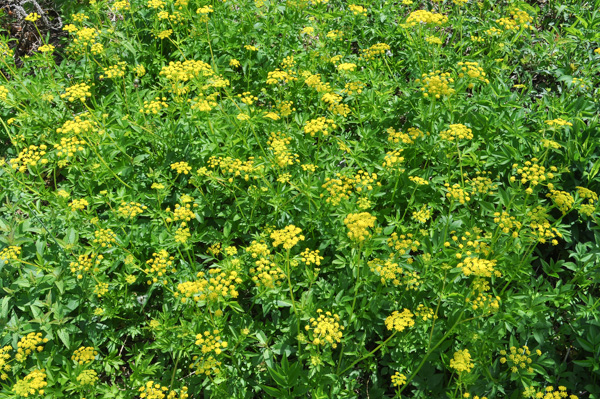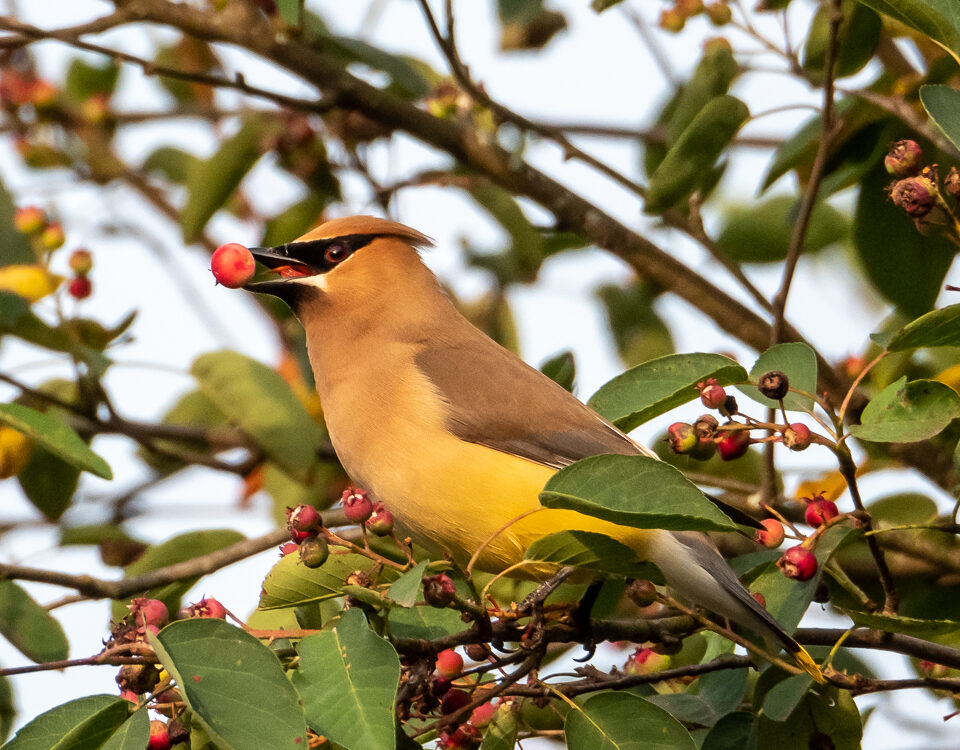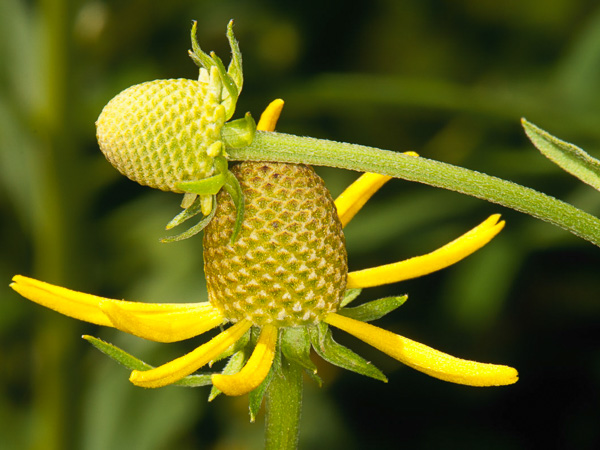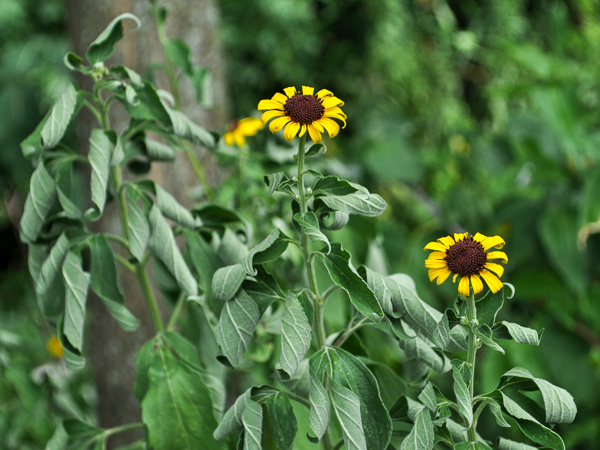
Intro to Meadows, Seed Banks and Plant Surprises
May 23, 2012
“Onesies”, Uncommon plants, and Rare Visiting Butterflies
July 25, 2012Embracing Change and an Unusual Groundcover
Great groundcovers are highly sought after by many gardeners and landscapers. From my perspective as both a landscape designer and a home gardener, I completely agree. A bed filled with successful groundcovers IS the lower maintenance alternative to lawns or highly controlled “borders”. The ideal is to find a single (or perhaps multiple) plant that will so completely dominate a space that it excludes weeds (hah!!), does not spread uncontrollably and is attractive. The truth is – that’s asking a lot, and even the best designed and executed groundcovers rarely attain anything near this ideal.
Of the many factors that play into whether or not a groundcover succeeds is the “syncing” of growing conditions to the plant’s growing needs. I can attest from much experience that divining the actual growing conditions of a particular spot can be quite difficult. Plus – things change. Trees grow and cast more shade. Trees come down and open light to an area. Soil is droughtier or soggier than expected. The list is long. But, regardless one must take a leap and try their best because of the overall usefulness of the groundcover concept.
I’ve mentioned before that I believe one of the keys to successful natural landscaping is allowing for change. This tenant certainly holds true in the case of groundcovers. Case in point – I have an area beneath a Sweetgum tree (Nyssa sylvatica) that I designed many years ago. Over the years my initial design has disappeared and been replaced by self-sowing and by my own transplanting many times over. One area in particular seems to defy these attempts and I’ve had many plants fade there over time. Now, just this year I have a new self-sown arrival to that space – an unexpected and most unusual groundcover, Golden Alexanders (Zizea aurea). As can be seen here, this plant has nicely filled this space and so far is acting as a great groundcover – something that I would not have thought it could do.
Golden Alexanders is a pretty native perennial that truly flies under the radar of most gardeners for use in “borders”, etc – myself included, except for frequently including it in seed mixes for meadows. And indeed I did include it my meadow’s seed mixes. For various reasons this plant has (somewhat unexpectedly) thrived in my meadow – even filling in bare spaces. And now, I am finding that it has “jumped the lawn moat” and has established itself in several of my large border/foundation plantings. Since I like the plant, I have not removed it; but neither did I expect that it would and does function as a groundcover. But that it does, and quite successfully. Now, I’m not at all suggesting that Golden Alexanders is a great groundcover for all situations. It may in fact only function this well in a very narrow framework of conditions. I am however, suggesting that it is beneficial to being open to the idea of plants functioning differently than planned or expected. Allow for the change, see what’s working and go it. It’s the whole idea of working “with nature” as opposed to trying to control it.




